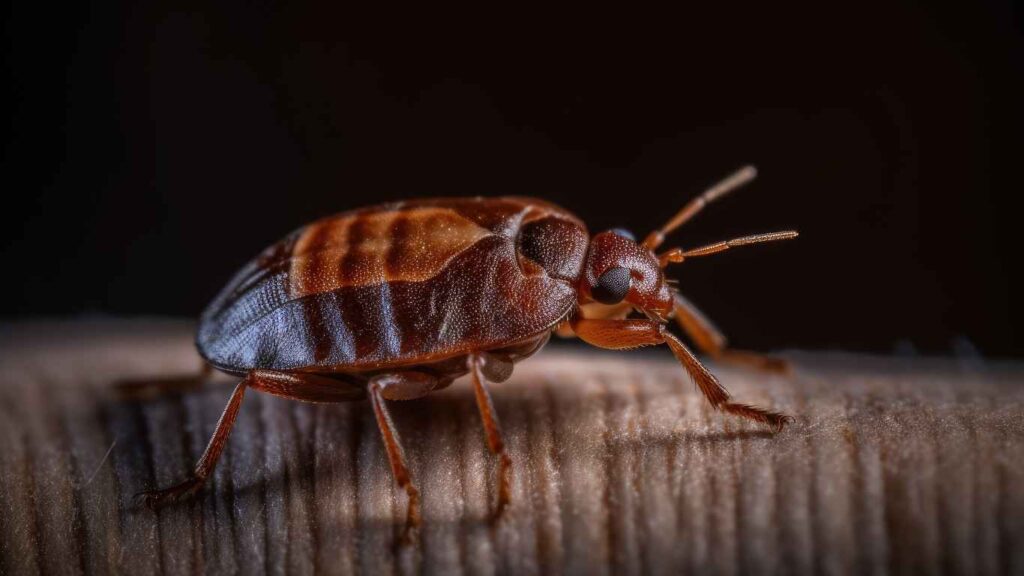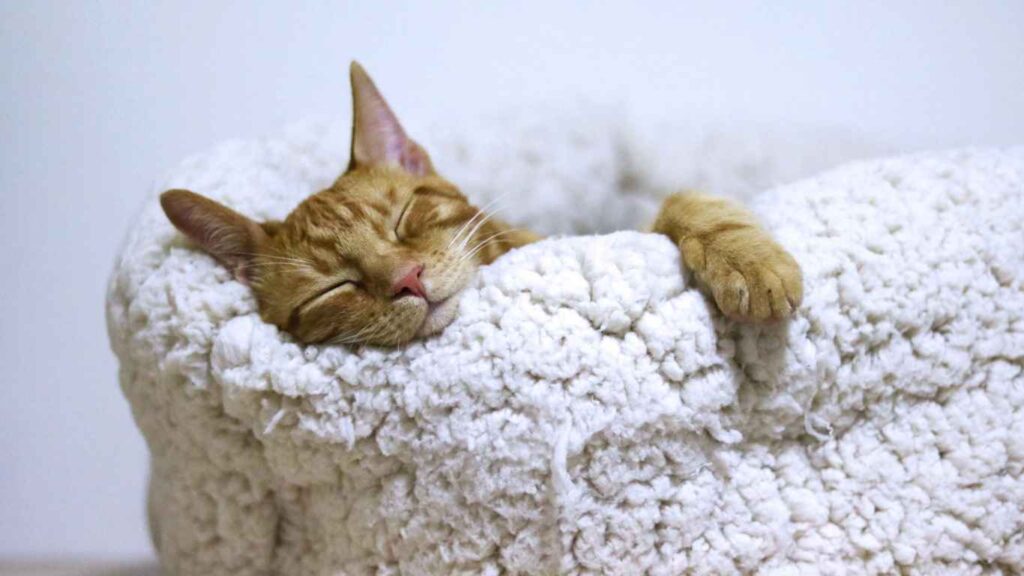Anyone can become infested with bed bugs. Bed bugs are notorious for feeding on human blood, and their presence is unnerving. Even though bed bugs are associated with filthy circumstances and stigmas, the truth is that they are hitchhikers who do not discriminate. They’ll travel from one location to another in luggage, secondhand furniture, and clothing. Early indicators of bed bugs might be difficult to detect, but there are several things to check for if you suspect these pests have infested your home or property.
Bed Bugs in Sacramento
A survey of pest professionals reported that over 80% of bed bug calls in Sacramento were originally for another insect or pest. Meaning most people think that they have a different infestation than they had originally thought. When it comes to bed bugs, there are some tell-tale signs that you can spot in order to know if you have bed bugs… or something else.
If you think you might have a bed bug problem, it’s important to act fast. Bed bugs are difficult to get rid of and can cause a lot of damage to your home and belongings. Not to mention they can leave devastating bite marks on your skin!
If you’re wondering what are the early signs of bed bugs, here is what to look out for!
Bed Bug Hiding Places
If you’re looking for bed bugs, there are a few places you should look first. They usually hide in cracks in furniture such as mattresses (especially mattress seams), headboards, bed frames, box springs, and couches until they need to feed at night. Some homeowners have even reported finding bed bugs in baseboard cracks or beneath loose wallpaper. Though bed bugs can hide in a variety of locations, they will not want to leave their food supply. Examine rooms and regions where people spend a lot of time standing still.
 Live Bed Bugs
Live Bed Bugs
A live bed bug is the most evident indicator of bed bugs. The size of an apple seed, bed bugs are tiny reddish-brown insects. They are sometimes confused with fleas and other small parasites. Bed bugs are difficult to detect due to their stealthy behavior and small size. If you spot a bed bug, you can try to catch it with a plastic bag. If you need to call a pest control company, you’ll be able to show them a live sample.
Bed Bug Bites
Bed bugs feast on blood by biting sleeping victims. Bed bugs bite and cause little stinging welts that resemble hives. Because each person’s physiology is unique, the outward look and symptoms of bites might differ. If you’ve awoken with skin irritation and other indicators of bed bugs, you should contact a pest control professional for an examination.
Bed bug bites will typically appear in either a line or cluster and they can be extremely itchy. If you are starting to notice unexplained bites on your body when you wake up or after sitting down on your sofa, it could be from bed bugs.
These bites can commonly be mistaken for mosquito bites. The best way to tell is with patterns. Bed bug bites can often be in clusters as well as in zigzag patterns. The bites will typically be between 3 to 5 bites.
For those that have sensitive skin, these bites can be devastating since they cause serious irritation and even skin allergies.
Blood Stains & Droppings
Most individuals may not see bed bugs when they are bitten, but they do notice the aftermath, such as bloodstains on their linens. Furthermore, bed bugs will leave feces behind. If you discover small dark patches on your bedding, they could be bed bug excrement. Feces may become smeared as a result of movement during sleeping. Smears on the bedding could be either droppings or blood, but both could be early symptoms of bed bug infestation.
Shed Exoskeletons or Eggs
Bed bugs shed exoskeletons on bedsheets and other surfaces near their food source as they mature and progress through their life stages. This is known as molting. These casings are even smaller than adult bed bugs, but because they are stationary, they can be more easily identified than living bed bugs.
Eggs of bed bugs may also be present. A female bed bug will begin to deposit eggs once she has matured from a nymph to an adult. A female can lay between 3 and 8 eggs every week. Bed bug eggs are extremely minute and resemble little creamy-white dots.
Unusual Odors
Experts are divided on whether or not bed bugs have an odor. However, if you’re suffering any of the other probable indicators of bed bugs, as well as inexplicable musty odors, you may have an additional reason to suspect an infestation. Bed bugs, like all living things, release pheromones. These pheromones differ in smell from person to person, and some people do not detect any odor when bed bugs are present. We don’t consider this a telltale symptom unless it’s combined with additional data, although it can certainly be detected in the early stages of a bed bug infestation.
Fecal Spots
A survey from the National Pest Management Association revealed that 1 in 5 Sacramento homes has either been infested with bed bugs or know someone who has. One of the most noticeable signs to look out for in infection is fecal spots.
If you have a bed bug problem in Sacramento, then you’re going to see fecal spots appearing on your furniture. They are dark spots that can be found on your sheets, pillowcases, sofas, mattresses, and even curtains.
 Pet Behavior
Pet Behavior
If you have bed bugs, then your pets are likely to be affected as well. Bed bugs often bite humans, but they can also bite pets. If you start noticing your pet scratching more than usual or acting restless, it might be a sign that they’re being bothered by bed bugs.
Pets can also be a good way to tell if you have bed bugs since they’re often the first to notice an infestation. If you see your cat or dog scratching at their skin a lot, it’s a good idea to inspect your home for bed bugs.
These small brown or black spots are the fecal matter of bed bugs. So if you start seeing these, you could have a bed bug infestation!
Bed bugs are renowned for being tough to eradicate. Bed bug infestations should be handled by professionals. Contact Official Pest Prevention if you see any of these early indicators of a bed bug infestation. Our pest management professionals are familiar with common bed bug hiding places and can advise you on treatment alternatives.



